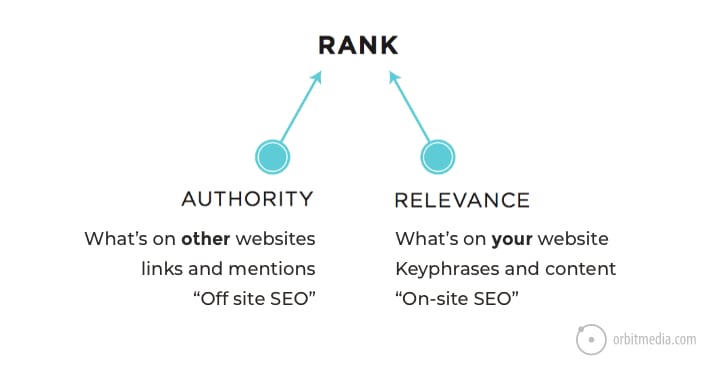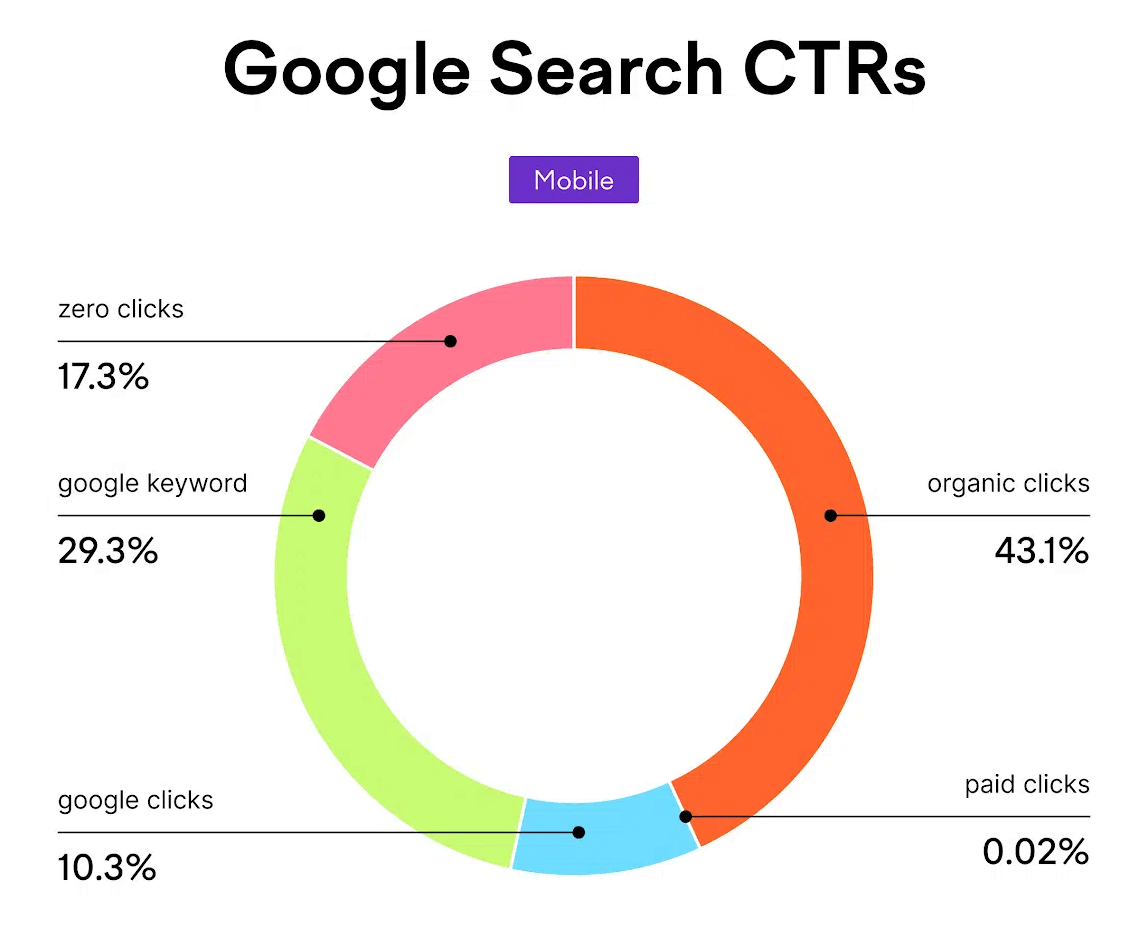Which Factors are Involved in SEO Search Engine Optimization: Search Engine Optimization (SEO) involves optimizing website content, technical setup, and link-building to improve search engine rankings. Key factors include keyword usage, site speed, mobile-friendliness, and quality backlinks.
SEO is crucial for increasing your website’s visibility on search engines like Google. Effective SEO practices drive organic traffic, improve user experience, and boost your site’s credibility. Optimizing for SEO involves using relevant keywords naturally within your content. Ensuring your website loads quickly and is mobile-friendly also plays a significant role.
High-quality backlinks from reputable sites further enhance your site’s authority. Comprehensive SEO strategies combine content creation, technical optimization, and link-building efforts. By focusing on these elements, your site can achieve higher rankings and attract more visitors.
Keyword Research | Which Factors are Involved in SEO
Keyword research is crucial for Search Engine Optimization (SEO). It helps to find the right words that people use to search online. Using these keywords in your content can improve your website’s visibility on search engines.
Finding Relevant Keywords
Finding relevant keywords starts with understanding your niche. Make a list of topics related to your business. Use tools like Google Keyword Planner or Ubersuggest to find keywords. Look for words that have high search volume but low competition.
Here is a simple table to understand keyword metrics:
| Keyword | Search Volume | Competition |
|---|---|---|
| Best running shoes | 10,000 | Low |
| Healthy recipes | 8,000 | Medium |
| Yoga for beginners | 5,000 | High |
Analyzing Keyword Competition
Analyzing keyword competition helps to know which keywords are easier to rank. Use SEO tools like Ahrefs or SEMrush for this analysis. Look for keywords with less competition but decent search volume.
Here are steps to analyze keyword competition:
- Enter the keyword in the SEO tool.
- Check the number of competing websites.
- Look at the Domain Authority (DA) of top-ranking sites.
Choose keywords that have low competition and good search volume. Use these keywords in your content to improve your site’s ranking.

Credit: www.orbitmedia.com
On-page Optimization
On-Page Optimization is crucial for improving your website’s search engine ranking. It involves various factors that make your content more visible and relevant to search engines. Below, we will discuss two key components: Meta Tags and Header Tags.
Meta Tags
Meta tags play a vital role in on-page SEO. These tags provide search engines with important information about your webpage. Here are some types of meta tags:
- Title Tag: This is the title of your webpage. It should be concise and include your primary keyword.
- Meta Description: This is a brief summary of your page. It should be under 160 characters and include your main keywords.
- Meta Keywords: Though less important today, these were used to list the important keywords for the page.
Content Quality
Content quality is crucial for effective search engine optimization (SEO). Search engines prioritize websites with high-quality content. This ensures users find valuable and relevant information. Let’s explore the key factors that contribute to content quality.
Creating Valuable Content
Creating valuable content is essential. Ensure your content answers users’ questions. Use clear and concise language. Avoid using jargon that might confuse readers.
Focus on providing unique insights. This sets you apart from competitors. Break down complex topics into simple steps. This makes it easy for readers to understand.
Use bullet points for important information:
- Address common problems
- Offer practical solutions
- Include real-life examples
Ensure your content is well-researched. Cite authoritative sources. This builds trust with your audience. Update your content regularly to keep it relevant.
Using Multimedia
Using multimedia enhances content quality. Include images, videos, and infographics. These elements make your content engaging. They also help illustrate complex ideas.
Ensure images are high-resolution. Use alt text for images. This improves accessibility and SEO. Videos should be short and informative. Embed videos from trusted sources like YouTube.
Infographics are powerful tools. They present data visually. This makes information easy to grasp. Use tables to organize data effectively:
| Type of Multimedia | Benefits |
|---|---|
| Images | Enhances visual appeal |
| Videos | Provides in-depth explanations |
| Infographics | Summarizes data visually |
Use multimedia wisely. Ensure it complements your text. Do not overuse multimedia. This can slow down your website.
Technical Seo
Technical SEO is the backbone of any successful SEO strategy. It focuses on improving the technical aspects of your website. These improvements help search engines crawl and index your site more effectively. Two critical components of technical SEO are site speed and mobile friendliness.
Site Speed
Site speed is crucial for both user experience and search engine rankings. A fast-loading website keeps visitors engaged and reduces bounce rates. Here are some ways to improve your site speed:
- Optimize images: Compress and resize images to reduce loading time.
- Minimize code: Remove unnecessary code and whitespace.
- Use caching: Implement browser caching to speed up page loading.
- Enable compression: Use Gzip to compress files.
Google uses site speed as a ranking factor. A faster site can rank higher in search results.
Mobile Friendliness
Mobile friendliness is another key factor in technical SEO. With more users accessing the web on mobile devices, a mobile-friendly site is essential. Here are some tips to make your site mobile-friendly:
- Responsive design: Ensure your site adapts to different screen sizes.
- Readable text: Use fonts that are easy to read on small screens.
- Touch-friendly buttons: Make buttons large enough for easy tapping.
- Fast loading: Optimize your site speed for mobile users.
Google prioritizes mobile-friendly sites in search results. Ensuring your site is mobile-friendly can improve your rankings and user experience.
Backlink Strategy
Backlink Strategy plays a key role in Search Engine Optimization (SEO). It involves getting other websites to link back to your site. This helps improve your site’s authority and ranking on search engines. Let’s dive into the details of how to create an effective backlink strategy.
Building Quality Backlinks
Quality backlinks come from respected and relevant sites. They can greatly boost your SEO efforts.
- Guest Blogging: Write articles for other websites in your niche. Include a link back to your site.
- Content Sharing: Share your content on social media and forums. This attracts natural backlinks.
- Influencer Outreach: Connect with influencers who can link to your content.
- Resource Pages: Get your site listed on industry-specific resource pages.
Avoiding Spammy Links
Spammy links can harm your site’s reputation. It’s crucial to avoid them.
- Low-Quality Directories: Avoid submitting your site to poor-quality directories.
- Link Farms: Do not engage with sites that exist solely for link building.
- Irrelevant Links: Ensure links come from relevant and reputable sources.
- Automated Tools: Refrain from using tools that generate links automatically.
Building Quality Backlinks and Avoiding Spammy Links are crucial for a successful backlink strategy. Focus on getting links from reputable sources and avoid low-quality links. This will help improve your site’s authority and search engine ranking.
User Experience
User Experience plays a crucial role in Search Engine Optimization (SEO). It’s all about how users interact with your website. A positive user experience can lead to higher rankings on search engines. Let’s explore two critical factors: Improving Site Navigation and Enhancing Readability.
Improving Site Navigation
Site navigation helps users find what they need quickly. It’s essential for a good user experience. Here are some tips to improve it:
- Clear Menu Structure: Use simple and intuitive menus.
- Breadcrumbs: Show users where they are on your site.
- Internal Links: Link relevant pages within your content.
Consider using a table to organize your navigation elements:
| Element | Description |
|---|---|
| Home | Main page of your site |
| About | Information about your business |
| Contact | Ways to reach you |
Enhancing Readability
Readability keeps users engaged with your content. It makes your site more accessible. Follow these tips to enhance readability:
- Short Paragraphs: Use short paragraphs and sentences.
- Subheadings: Break up text with subheadings.
- Bullet Points: Use bullet points for lists.
Here’s an example of a readable paragraph:
Our products are high-quality. They are made from the best materials. We ensure that each item is inspected thoroughly. Customer satisfaction is our top priority.
By focusing on site navigation and readability, you enhance the user experience. This, in turn, boosts your SEO rankings.
Analytics And Monitoring
Analytics and monitoring are crucial for effective Search Engine Optimization (SEO). They help understand the performance of your website. By analyzing data, you can make informed decisions. This ensures your strategies remain effective and competitive.
Tracking Performance Metrics
Tracking performance metrics allows you to see what’s working. Important metrics include organic traffic, bounce rate, and conversion rates. These metrics provide insights into user behavior and site performance.
| Metric | Description |
|---|---|
| Organic Traffic | Visitors coming from search engines. |
| Bounce Rate | Percentage of visitors leaving after one page. |
| Conversion Rate | Percentage of visitors completing a goal. |
Use tools like Google Analytics to track these metrics. These tools provide detailed reports and insights.
Adjusting Strategies Based On Data
Adjusting strategies based on data is vital for continued success. If your bounce rate is high, improve your content or site design. Low conversion rates may suggest a need for better calls-to-action.
- Analyze data regularly to spot trends.
- Identify areas needing improvement.
- Test new strategies and measure their impact.
Use A/B testing to find what works best. This involves comparing two versions of a page to see which performs better.
Continually refine your SEO strategies based on data. This ensures your site remains competitive and effective.

Credit: medium.com

Credit: www.smartinsights.com
Frequently Asked Questions
Which Factors Are Involved In Search Engine Optimization Select An Answer?
Key factors in Search Engine Optimization include keyword research, high-quality content, backlinks, website speed, mobile-friendliness, and user experience.
What Are The Factors Of Seo?
SEO factors include keyword research, quality content, backlinks, mobile-friendliness, page speed, user experience, and technical SEO.
Which Factors Are Involved In Search Engine Optimization Brainly?
Search Engine Optimization involves keyword research, quality content creation, backlink building, mobile-friendliness, page speed, and user experience.
What Are The Components Of Search Engine Optimization?
The components of Search Engine Optimization are on-page SEO, off-page SEO, technical SEO, and content quality. These elements enhance website visibility and ranking.
What Is Seo?
SEO stands for Search Engine Optimization. It’s the process of improving website visibility on search engines.
Conclusion
Mastering SEO involves understanding various factors like keywords, backlinks, and user experience. Implement these strategies to improve your search rankings. Regularly update content and stay informed about algorithm changes. Effective SEO can significantly boost your online visibility and drive more traffic to your website. Keep optimizing to stay ahead.


